The IMOCA Green Sail Rule: A successful first season but now it’s time to increase its scope and tighten it
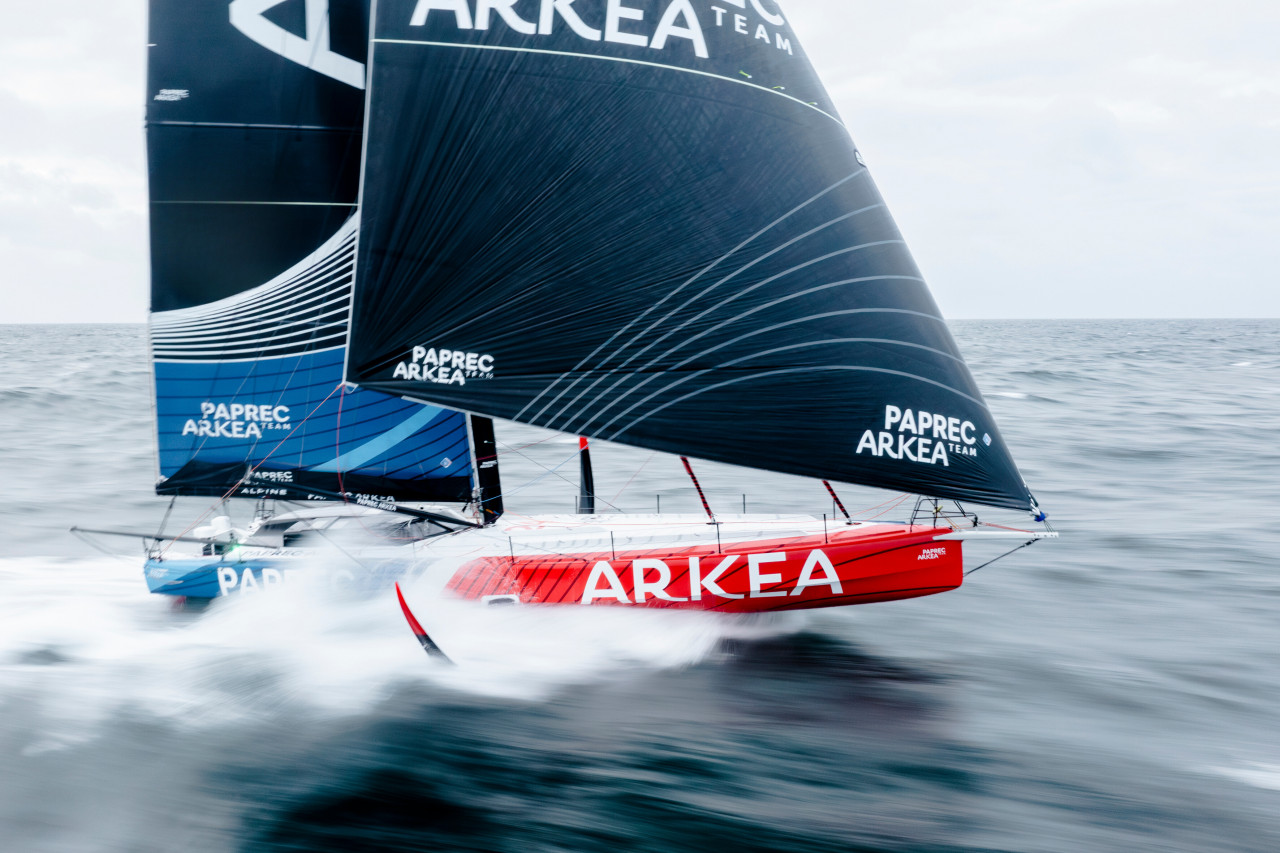
Now well into its first season – having been introduced in January this year – IMOCA’s successful environmentally-responsible Green Sail Rule is set to be expanded and made more stringent, as it moves ahead from the first stage in its evolutionary process.
This rule, voted in 2021 - an initiative from the skippers of the IMOCA Sporting Committee, notably Paul Meilhat and Boris Herrmann - was implemented in 2023, requiring IMOCA teams to have one "Green Sail" among the eight sails authorised on board during races.
The rule requires IMOCA teams to incorporate one sail that has been manufactured by sailmakers using a points-based scoring system, designed to minimise harmful emissions, and all five of the main sailmakers working with the Class have signed up to it.
The rule rewards sailmakers for restricting the use of energy not derived from renewable sources in the manufacture of a “Green” sail; for reducing the use of air transport between raw material acquisition and manufacture; and for reducing the amount of waste they produce in the sail build process.
Nine months after being introduced, the rule has led to an average 30% reduction in CO2 emissions for every kilo of finished sail produced under its restrictions.
 © Eloi Stichelbaut - polaRYSE / IMOCA
© Eloi Stichelbaut - polaRYSE / IMOCA

Now the plan is to expand the rule and make it more stringent, as Imogen Dinham-Price, IMOCA’s Co-Sustainability Manager, explains: “Since January, we have had frequent round-table discussions with the sailmakers to see how to improve the rule and how it works within sail production. The mission now is to work towards a potential carbon cap for the Green Sail.
“We are going through a test phase this winter,” she continued, “testing the transport element and energy element as part of a carbon cap, to see whether it works for the sailmakers and whether or not we are able to collect the right data at the right time to put the cap in place. Existing auditing has given us a constant level of feedback, so we know how to measure CO2 production.”
Alongside a possible cap is the expansion of the rule to cover more than one sail in the eight-sail IMOCA inventory on any one boat and, more ambitiously, to eliminate all air transport from point of manufacture to client, thus requiring sailmakers to use alternative transport on Green Sail orders.
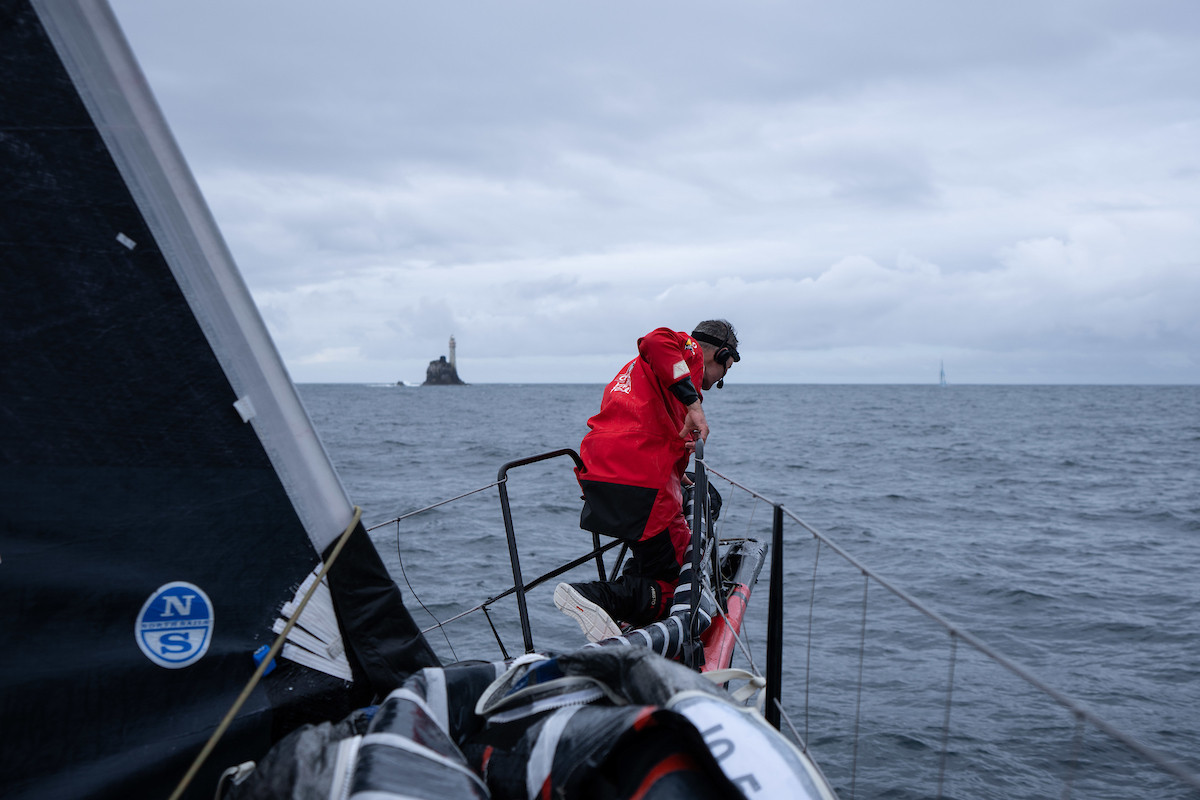 © Maxime Mergalet
© Maxime Mergalet
The implementation of the Green Sail Rule has not always been easy, requiring, as it does, the buy-in of a group of successful and highly competitive sail-making companies. But the clear signs now are that they are fully behind the rule as it stands and are welcoming the plans for its explosion.
“We are fully supportive of the measures that IMOCA is taking here and also the way the Class is going about it,” said Jono Macbeth, Sustainability Manager at North Sails, the biggest supplier to the IMOCA fleet. “I think it’s great that we do have this transparency and that you can get all of the different sailmakers sitting down round a table, whether physically or virtually. But the most important thing is we can all discuss things and talk about where we would like to see the rule go in the future, where we can improve it.”
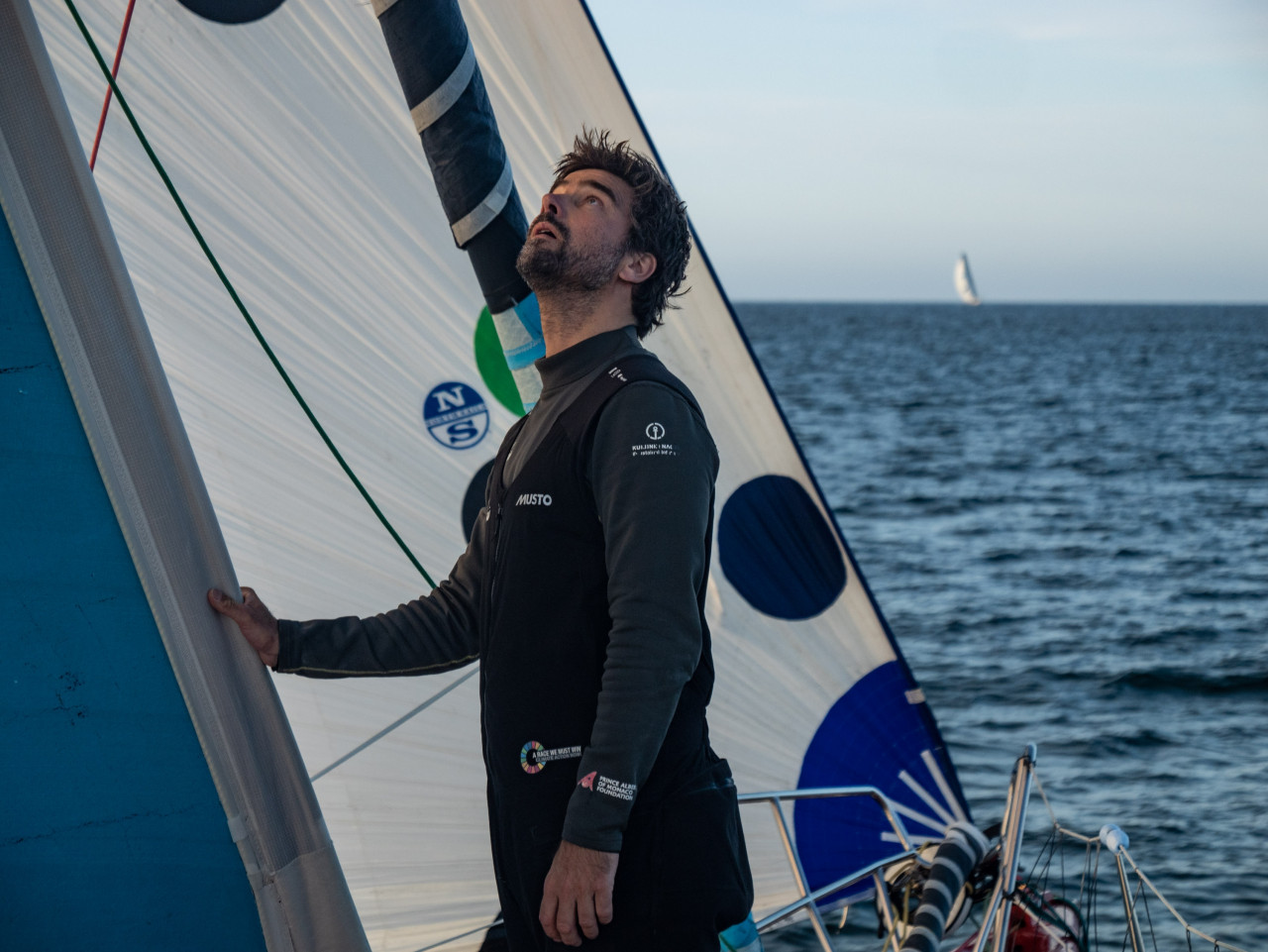
At All Purpose sails, Co-Manager Matthieu Souben is very much of the same mind. “IMOCA was one of the first to come up with a fairly ambitious rule and we were very happy to see it come to the fore,”he told the Class. “I’ve always been convinced that users should be the agents of change because industries always respond to demand.
“So we were delighted to see the Green Sail Rule happen and it’s true that setting it up was complicated,” he added. “The idea is simple enough but implementing it, trying to figure out what the criteria should be was not easy. But there was a lot of work done, and everyone was very involved, both the sailmakers and the Class, and we have come up with a rule that works today.”
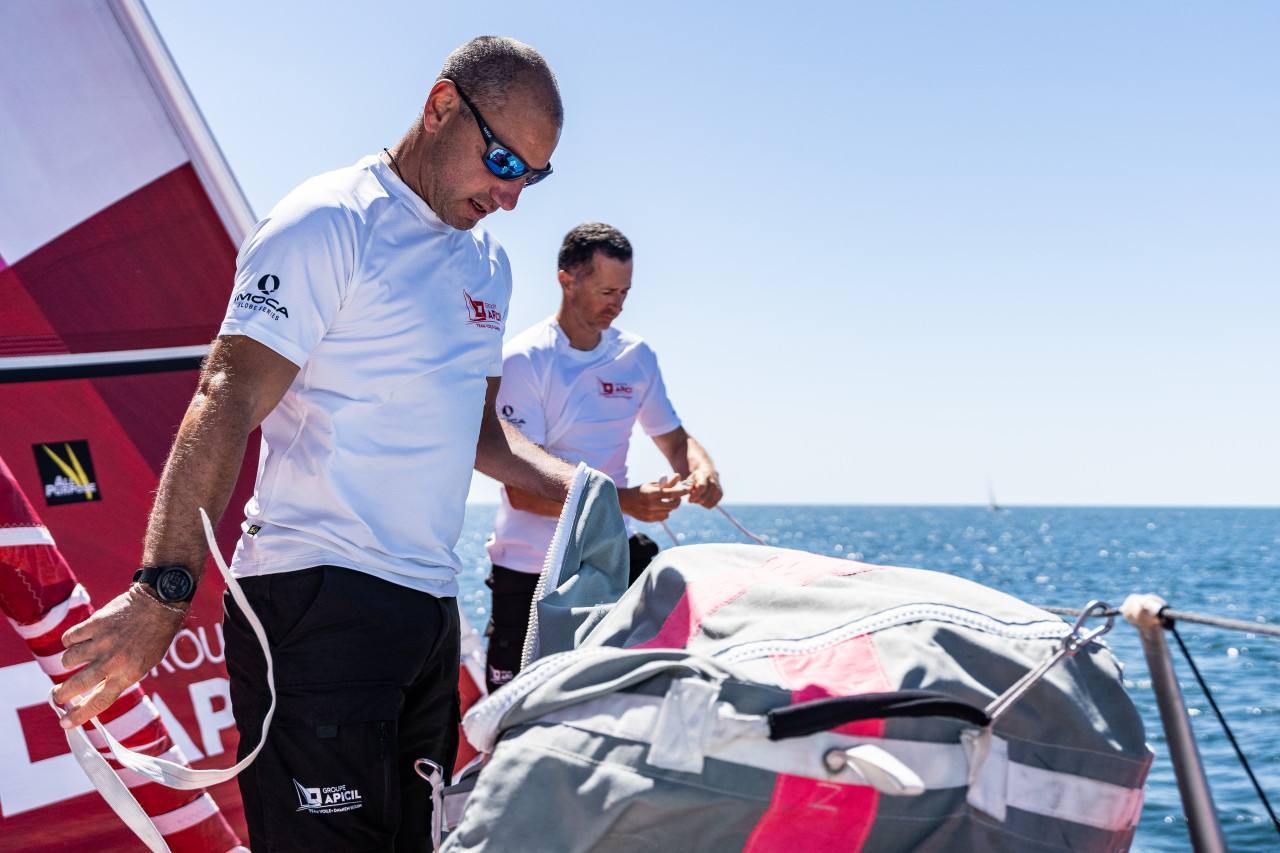
Another company supplying to IMOCA teams is the French sailmaker Incidence Sails where Pierre-Antoine Morvan, Head of Offshore Racing and the Superyacht Division, has not only welcomed the rule but is backing the idea of a carbon cap too. “In the future, we would very much like this rule to be more pragmatic in terms of the CO2 emitted by sail production,” he said. “We could, for example, imagine having a carbon budget for a set of sails or for a campaign, imposing a limit on emissions. However, we are very pleased that all the sailmakers involved in ocean racing have come together with the aim of reducing their impact – we had to start with this in order to move on to a more ambitious version.”
An interesting element is that all of these companies say they are heading in the Green Sail direction with their raw material acquisition, transport policy and manufacturing methods in any case. That is because classes like IMOCA are demanding they do that, but also private clients too, in a world where people increasingly want to know how a product is sourced, created and delivered.
Here’s Souben’s take on the way this process of change will shift the dial for the whole industry. “Today, the Green Sail Rule is not restrictive enough to impose changes on our processes,”he said. “But the day it does, we’ll be able to create Green Sails for everyone. If the IMOCA rule becomes increasingly restrictive, we’ll make sure we apply it to all our sails, so that it can become a benchmark.”
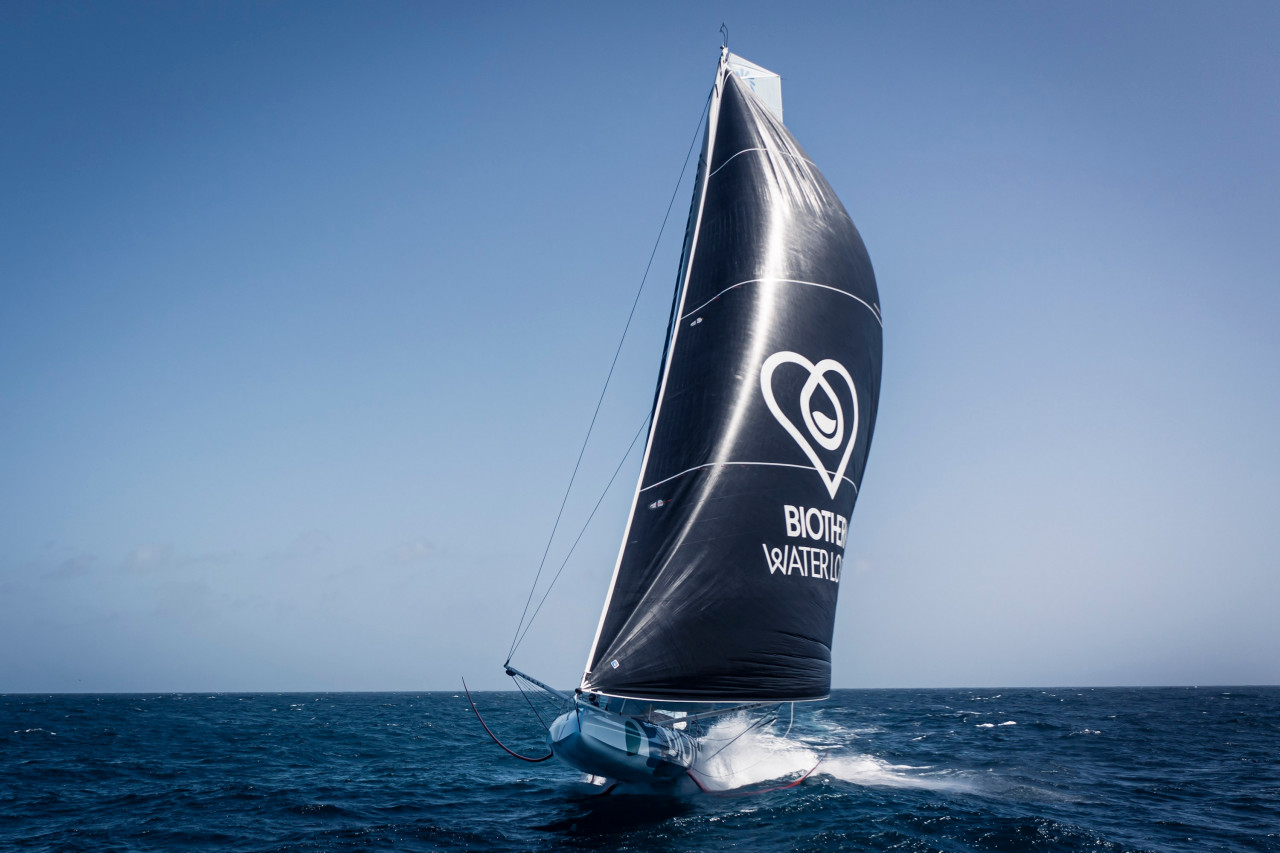
While the cost of transportation will undoubtedly increase – an element covered by North themselves – the bigger impact will be on lead times, as Macbeth explains. “The time to delivery is 100% going to increase and that’s something we can’t get around,” he said. “So this is actually a customer planning exercise now – sails will have to be planned further in advance to take into account the longer shipping time that you get.”
The focus in the Green Sail Rule on waste during the manufacturing process that can amount to – on average – six times the volume of sail material produced, is another area that North is focusing on and Macbeth believes the rule is helping to sharpen that focus. “Waste is something that we are constantly looking into,” he said. “It has an environmental aspect and a financial one and companies don’t want to produce a lot of waste because it is inefficient with the resources that you’ve got to make a sail with. So, 100%, we do need to look at all these sorts of things and I do see that there will be lessons learnt in the Green Sail that will transfer over to all aspects of sail making, whether for IMOCA or any different class of sail that we make.”
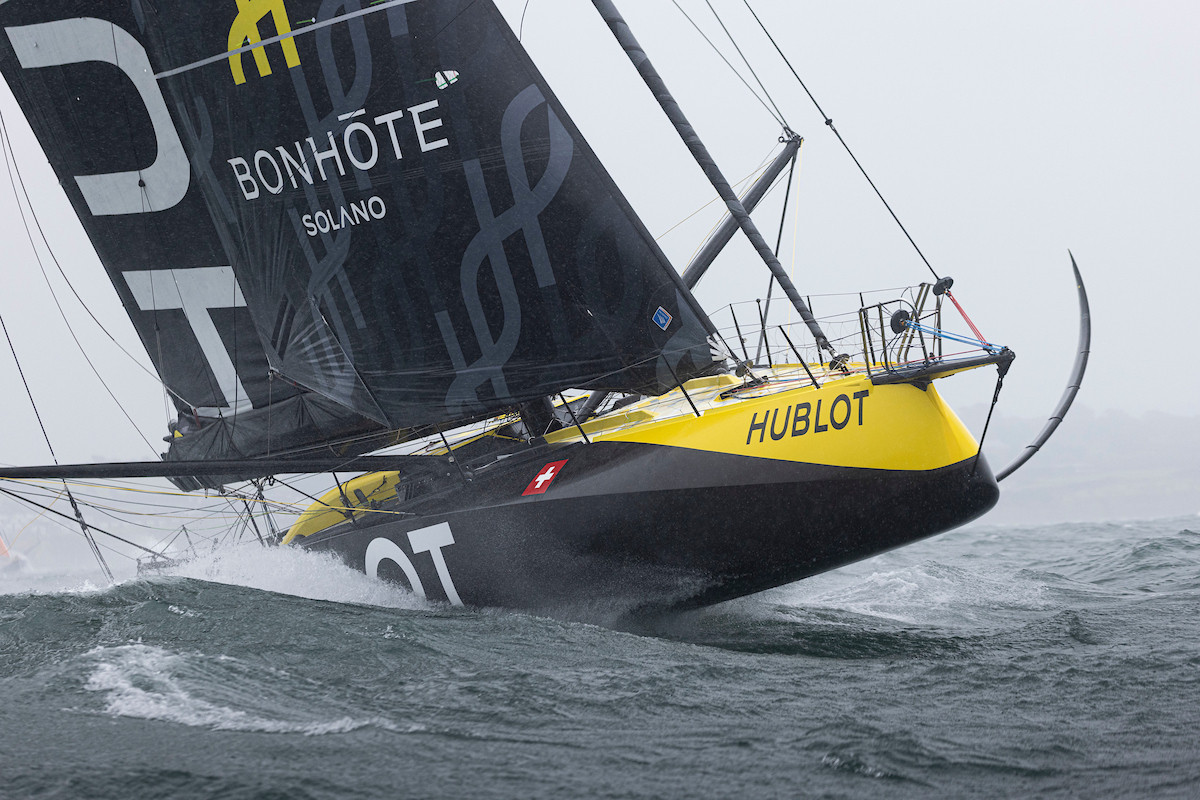
The Green Sail Rule in IMOCA is unique in world sailing. It is still a high profile and pioneering initiative that is helping to drive change. Dinham-Price is happy with progress made as its first year comes to an end and is looking forward to developing the rule in the coming months. “I’d like to think that we are helping to show the way forward,” she said, “and the fact that our Green Sail Rule involves all of the sailmakers from across the IMOCA spectrum, is really impressive and rewarding.”
Ed Gorman
Teams info
FLASH INFO : IMOCA Charal (Jérémie Beyou) suffers damage
At around 15h30 on Monday, the skipper of Charal, taking part in The Transat CIC, informed his shore crew of damage to his J2 forestay.
•••Sébastien Marsset (Foussier) retires
The 39-year-old skipper has announced his retirement to the race directors after just over 24 hours of racing. Sébastien Marsset cites ‘medical reasons’ and explains that his decision was taken following a consultation w…
•••